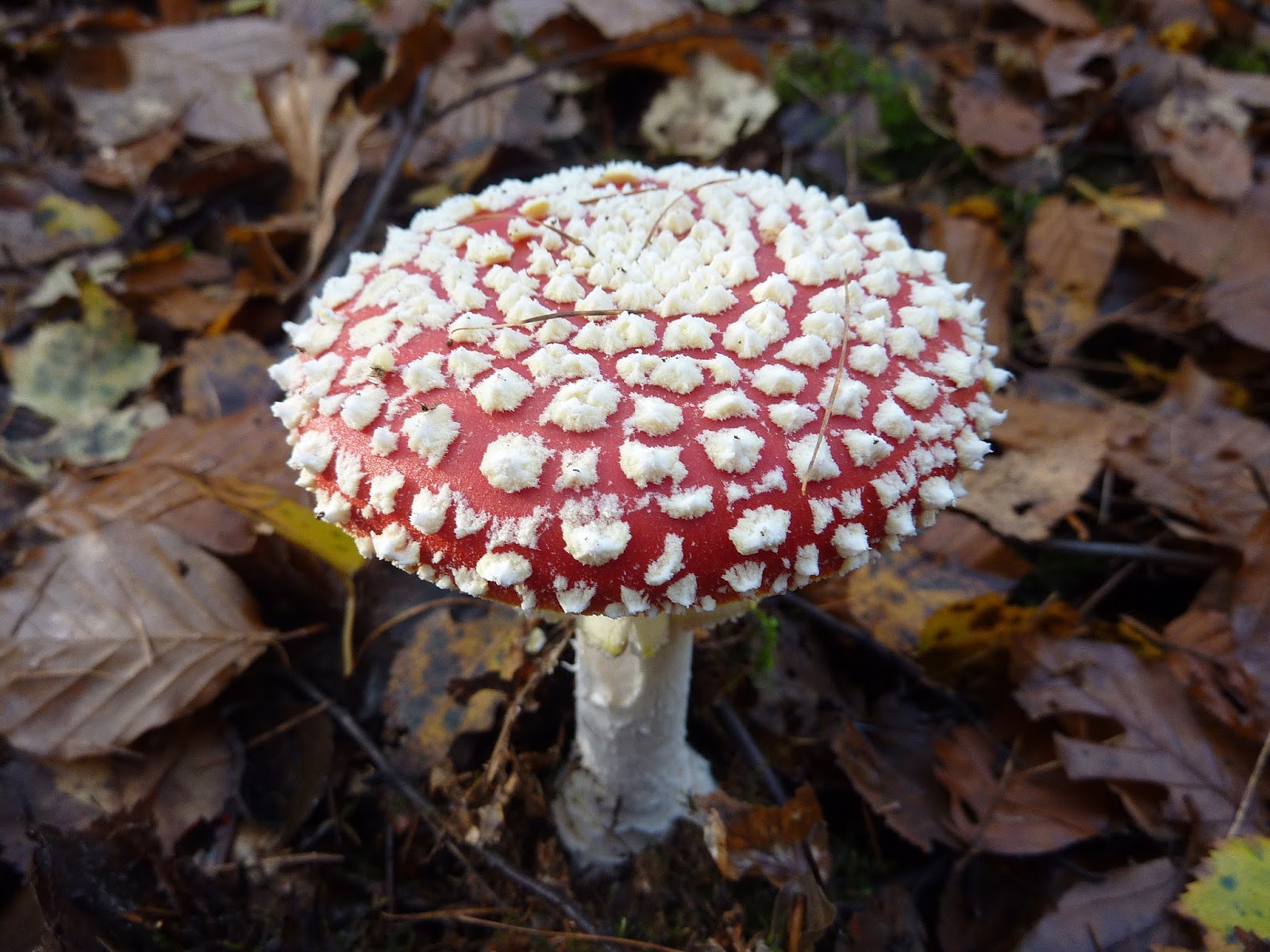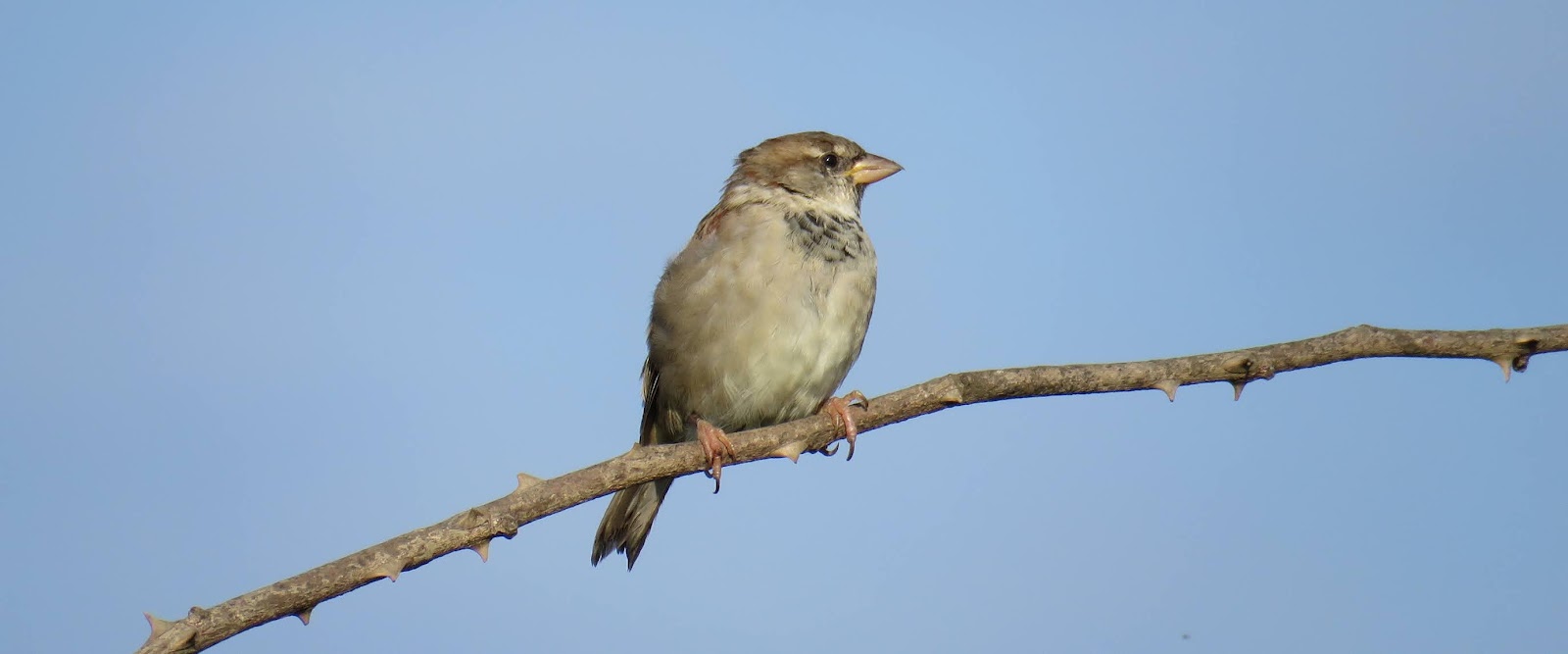Looking after the land

Yesterday found me wandering the many footpaths that cross the large expanse of Ranmore Common - in reality more woodland than common. The birds were, as expected in a winter woodland, hard to come by, but when I did come across them they were in number, highlights being 115 Brambling, a lone Hawfinch and a healthy count of 12 Marsh Tits. The National Trust, who own the land, have been hard at work in recent months. A number of rides have been widened and reconfigured, changing the dead-straight passageways into meandering clearings. This opens up the habitat, creates micro-climates and creates additional woodland edge. In other areas there has been an opening up of some of the woodland, with aggressive understory removed. It was good to see that this 'dead' wood has been left on site, piled up as in the photograph above. These were proving to be attractive to birds, with plenty of tits, nuthatches and finches within them, seeking out food. I also came across a large part of t...















